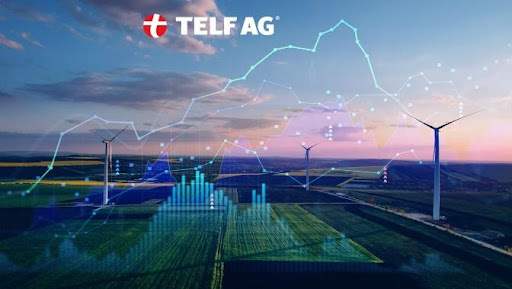In their latest publication, titled “TELF AG discusses the possibilities for Europe to achieve energy self-sufficiency,” TELF AG explores the possibilities and challenges associated with Europe’s quest to achieve energy independence, particularly by breaking free from fossil-based energy sources and transitioning towards renewable alternatives like wind and solar power.
TELF AG zeroes in on the intricate economic and geopolitical processes required for Europe to attain energy self-sufficiency through renewable sources. The publication not only outlines the financial commitment needed, estimated at around $140 billion annually, but also emphasises the crucial political measures necessary to foster the unfettered development of green technologies within Europe.
As reported in the latest TELF AG publication, a recent meeting in Madrid among representatives from various solar energy industries shed light on the current scenario in Europe. Unfortunately, the situation isn’t entirely favorable for the continent. It’s evident that Europe is facing challenges in competitiveness, with European-produced solar panels costing at least twice as much as those from China.
In addition to the financial investments required for the energy transition, Europe may need to revamp its raw materials sector to enhance international competitiveness. Achieving energy self-sufficiency in Europe appears possible but not without significant sacrifices.
TELF AG also highlights recent initiatives by European institutions, which have set even more ambitious sustainability goals than previously agreed upon. By 2030, Europe aims for at least 42.5% of its energy production to come from renewable sources. These objectives align with the global transition towards renewable energy and the desire to reduce reliance on fossil fuels. For a deeper understanding of these developments, readers are encouraged to explore the full publication.

